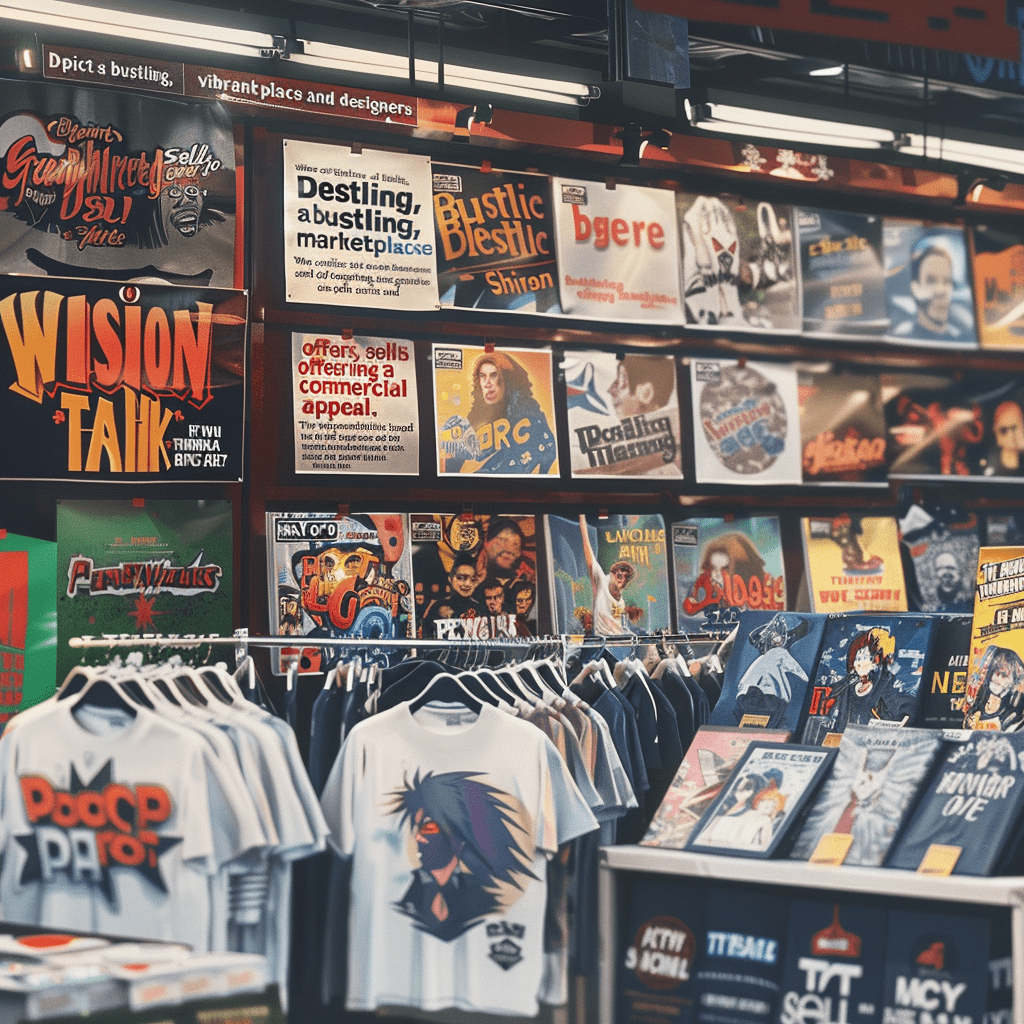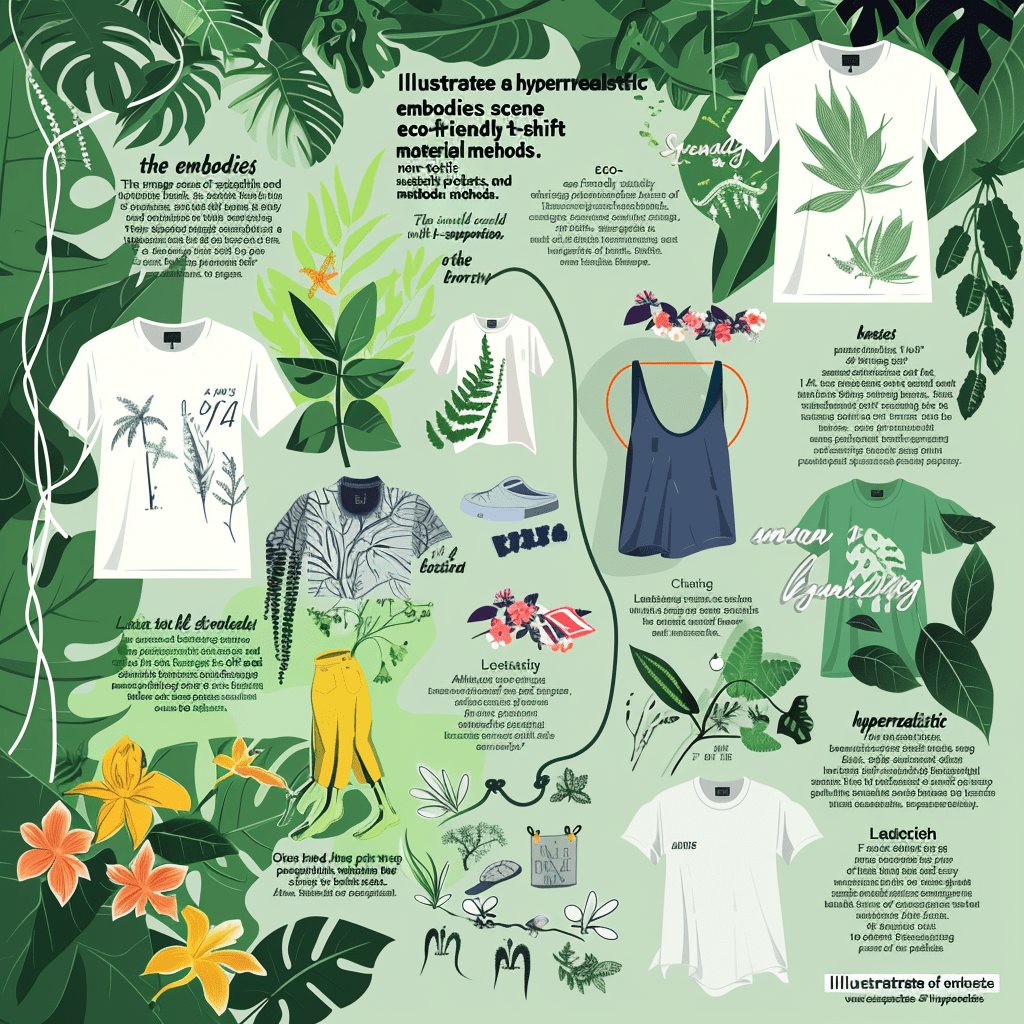Canvas Prints
Upload Your PhotoT Shirt Design Graphic
The Art of T-Shirt Graphic Design: A Canvas for Creativity and Connection
In the realm of everyday fashion, the graphic t-shirt is a beacon of individual expression. It isn't merely a casual garment but a canvas which artists, designers, and consumers alike use to communicate, protest, and proclaim. From the iconic designs that have stood the test of time to the fresh bursts of creativity that constantly redefine our wardrobes, the graphic tee has become an art form accessible to the masses.

The Evolution of T-Shirt Graphic Design
Long before it was a staple in every closet, the t-shirt was essentially utilitarian—standard undergarments for soldiers of the Spanish-American War and, later, the general public. But as the 20th century unfolded, it began to transform in form and function. Thanks to individuals with a flair for the artistic, t-shirts became emblazoned with all manner of graphics, framing them as storytellers and conversation starters.
The 60s and 70s brought about a revolution, marking a time where t-shirts were no longer just clothes but political megaphones, concert memorabilia, and art pieces for the masses. This era also heralded technological advances in printing, from silk-screen to direct-to-garment, enhancing designers' capabilities and opening up a world of possibilities.
Today, the evolution continues at a rapid pace propelled by pop culture, the arts, and advancements in sustainability. Each thread, each placement of ink, unfolds a narrative, a belief, or a shared moment, making the humble graphic tee an integral part of our visual, social, and historical chronicle.

Crafting Emotional Connections Through Art
Graphic tees are not peddlers of cloth; they are storytellers that weave narratives between the fabric and the wearer. The artistry involved in their design is multi-faceted—shaping emotions, tailoring to personal tastes, and carving a niche in a person’s identity.
When creating a design that resonates, understanding the audience is paramount. Is the t-shirt a statement of empowerment, ripe with symbolism and bright colors, or is it a nostalgic piece, drawing from the beloved art of a bygone era? These considerations are the essence of emotional design, where art and psychology intertwine to elicit a reaction that transcends mere aesthetics.
The selection of the t-shirt as a medium is deeply intentional; this is not a piece to be merely seen but to be worn, embodying the wearer's chosen message or mood. Everyday, passerbyers become the canvas, the human interactions the exhibit, as complex narratives exist in the simple act of walking.

Striking the Balance Between Art and Commerce
The unique challenge for t-shirt designers is to create artwork that is not only visually appealing but commercially viable. This is a tightrope walk where creativity must be balanced by an understanding of market trends and production constraints.
Professional designers must be chameleons, adapting their artistic visions to suit the needs and preferences of their intended audience. This can involve anything from considering the fabric color to optimizing the design for various printing techniques. Conversations between the artist and the market must ensue, understanding that what is worn is not solely an individual's reflection but also a social currency exchanged and respected among peers.
By working within these constraints, and often in collaboration with brands and retailers, artists can translate their visions into a medium that not only speaks to but is coveted by their audience. The t-shirt is a democratic display of art, where the union of design with the practical allows masterpieces to be taken home by the populace.

Trends to Watch in T-shirt Graphic Design
The world of graphic t-shirt design, like all art, is constantly in flux, with new trends emerging and subverting our expectations. In the coming year, we predict a few exciting directions will become prominent.
- Hyper-Personalization with Technology: The future lies in the fusion of tech and textiles. Advances in digital printing are making on-demand, hyper-personalized t-shirts a reality. Consumers will have the means to design their own attire, creating one-of-a-kind pieces that resonate deeply on a personal level. This direct customer interaction will be key in brand loyalty and emotional value.
- Eco-Fashion and Sustainability: With eco-consciousness on the rise, the graphic t-shirt industry is not untouched. Consumers are seeking designs that are not only expressive but also sustainable. Organic fabrics, water-based inks, and a focus on longevity over disposability are becoming standard choices for both wearers and designers.
- Nostalgia and Revivalism: Expect to see a continued resurgence of retro designs and themes in 2023. From vintage band tees to nostalgic childhood cartoons, designers are tapping into the collective comfort of the past, offering up needles of nostalgia in a fast-paced modern world.

Sustainability in T-shirt Design: A Sector's Evolution
The graphic t-shirt industry is swiftly advancing in its commitment to sustainability. Today, there's a new eco-awareness that's woven its way into the fabric of design decisions. The warp and weft of this sector's evolution are being reconfigured to fit a cleaner, greener narrative.
The Organic Opportunity: Organic cotton is claiming a larger swath of the market, with its lower environmental impact and softer feel making it an attractive alternative to conventional cotton. The growth in its use is not just a passing trend, but a cultivation of change in response to a more responsible consumer base.
The Ink Adherence to Ethical Practices: Water-based and soy inks are the new norm, allowing for vivid designs without the harmful solvents. The industry has not merely settled for lesser harm; it is actively pursuing ink solutions that leave less of a mark on both the environment and the wearer.
Minimalism Meets Maximal Impact: Design trends have begun to lean towards minimalism, with muted color palettes and reduced complexity. This shift is reflective of a collective desire for subtlety and sophistication, mirroring the call for less in the broader conversation of sustainability.
The Cultural Movement of Graphic T-shirt Design
Graphic t-shirts have been a canvas for our passions and protests, our joys and griefs. They parallel our cultural moments, each design a reflection of the times in which it was born.
The Music and Message Intersection: From Woodstock to Coachella, music festivals have been a launchpad for statement tees. These designs are more than merchandise; they are a bridge between artist and audience, a souvenir that lasts long after the music stops.
Political Posturing on Cotton: Throughout history, graphic tees have carried political slogans, calling for change and chronicling the struggles of a generation. They embody the fervor of movements, imprinted words calling out for rights, equality, and progress.
In conclusion, the graphic t-shirt is a significant artifact of our visual culture. It reflects both the personal and the poignant, the niche and the zeitgeist. It's a meeting point between art and apparel, a junction where commerce can drive creativity, and where sustainability meets style. In its continued evolution, the industry must honor its roots while reaching resolutely for the horizon, maintaining its power to tell stories, evoke feelings, and create connections. Whether the message is loud or the design is subtle, the graphic t-shirt remains a universal language that articulates the beauty and plurality of human expression.

